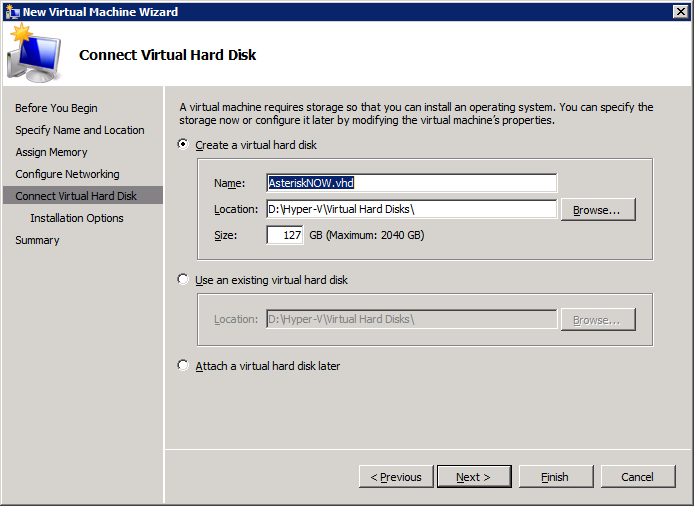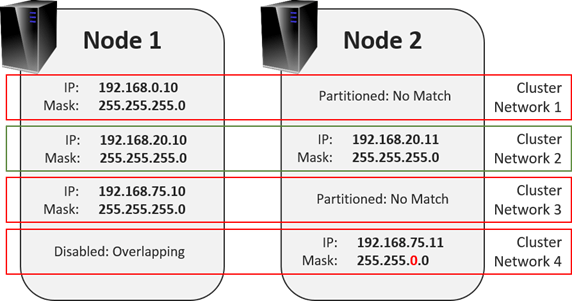

By default, the VMM management server uses port 5986 for agent communication with hosts in a perimeter network, and port 443 for file transfers. The port settings that you assign for the agent must identically match the port setting that the VMM management server uses. Important: We recommend that you do not change the default port 5986 for agent communication. On the Configuration settings page, accept the default port settings, or specify different ports, and then click Next. You must enter this same information again when you add the host in the VMM console. Important: Make note of the computer name or IP address of the host. If you select Use IP address, click an IP address in the list. You can select either of the following options: On the Host network name page, specify how the VMM management server will contact the host, and then click Next. In the lower pane, highlight the thumbprint value, and then press Ctrl+C to copy the value to the clipboard. On the Details tab, select the Thumbprint field. In the Certificates snap-in, locate and then double-click the certificate that you want to use. Note: To obtain the thumbprint of a certificate, open the Certificates snap-in, and then select Computer account. In the Thumbprint of the certificate box, enter the thumbprint of the certificate. To use a certificate to encrypt communications between the VMM management server and the host, select the Use a CA signed certificate for encrypting communications with this host check box. In the “To ensure that the Security.txt file is available to VMM” procedure, you must transfer the security file to a location that is accessible to the computer on which a VMM console is installed. Important: Make note of the location where you stored the security file. You must enter this same key again when you add the host in the VMM console.Įither accept the default location where the encrypted security file will be stored, or click Change to specify a different location to store the encrypted security file. Important: Make note of the encryption key that you use to create the security file. We recommend that you enter an encryption key that contains a mix of uppercase and lowercase letters, numbers and symbols. Security Note: The encryption key is a value that you choose. In the Security file encryption key box, enter an encryption key, and then enter it again in the Confirm encryption key box. Select the This host is on a perimeter network check box. On the Security File Folder page, do the following: On the Destination Folder page, accept the default location or click Change to specify a different location, and then click Next.
#How to install freepbx hyper v 2012 r2 software license
Review and accept the software license terms, and then click Next. On the Setup menu, under Optional Installations, click Local Agent. On the VMM product media or network share, right-click Setup.exe, and then click Run as administrator. To install the VMM agent on the target host NOTE: You can also use this procedure to add a stand-alone Hyper-V host that is in a workgroup and not part of a domain.īefore you can add a host that is on a perimeter network to VMM, you must install an agent locally on the server that you want to add.

VMM does not support managing a host cluster in a perimeter network. You can only add stand-alone hosts that are in a perimeter network. You can use the following procedure to add Hyper-V hosts that are in a perimeter network (also known as DMZ, demilitarized zone, and screened subnet) as managed Hyper-V hosts in Virtual Machine Manager. I will add screenshots to make it easier to follow. So, I will be following this TechNet article ( ), which walks through the process.


Therefore, I need to be able to add a Host that is not a domain member (aka. With that being said, I want to add my Host to SCVMM (which is running in a VM on the Host itself). Therefore, I don’t want to add my host to the domain, and then potentially loose access to it when rebuilding (although I could still use the Local Administrator account). This is due to the fact that I am constantly re-building my lab environment, which includes my Active Directory Domain Controllers. In my home lab environment, I have a single host, which is NOT a member of my lab’s domain.


 0 kommentar(er)
0 kommentar(er)
